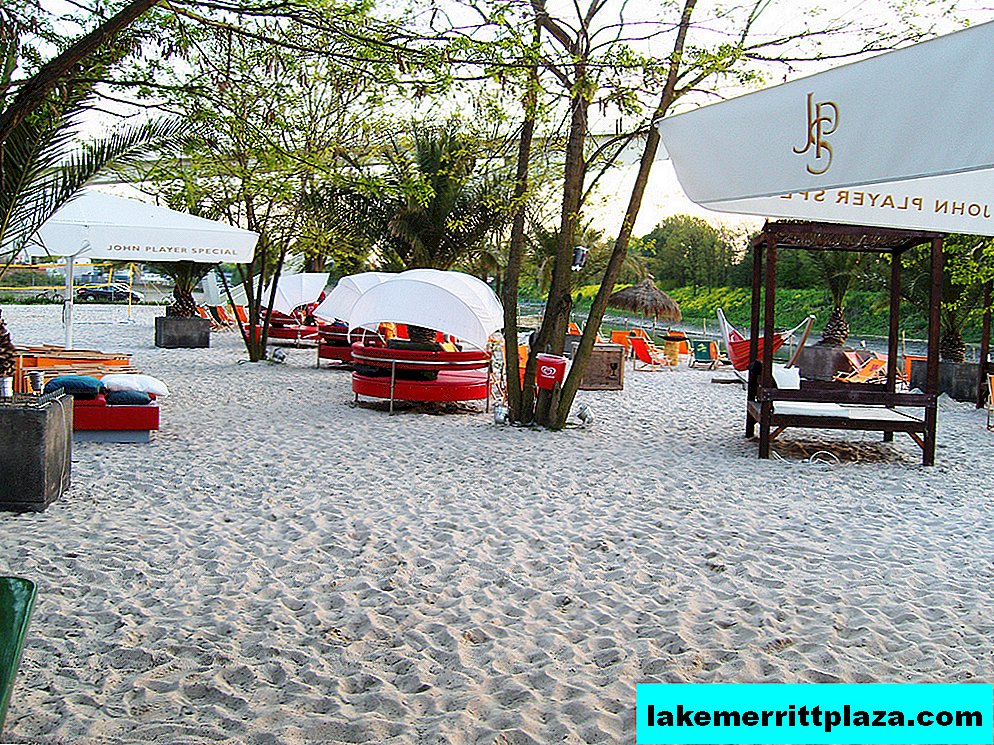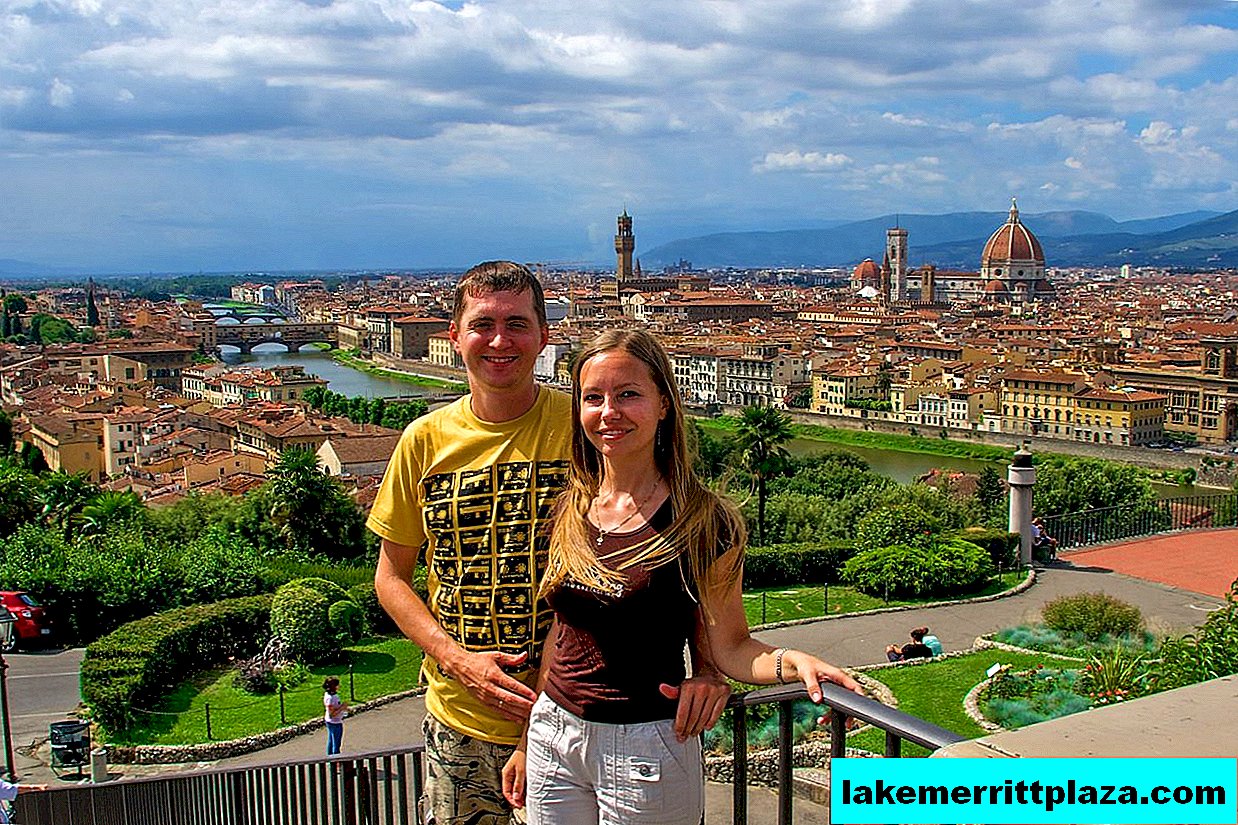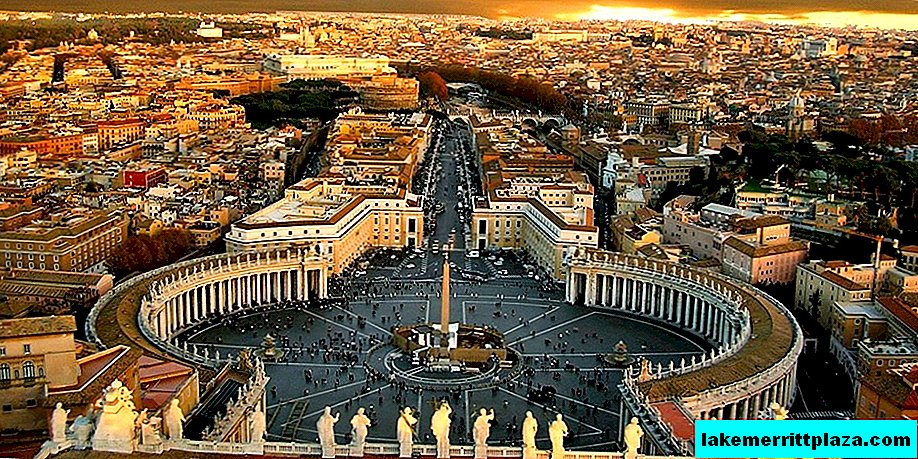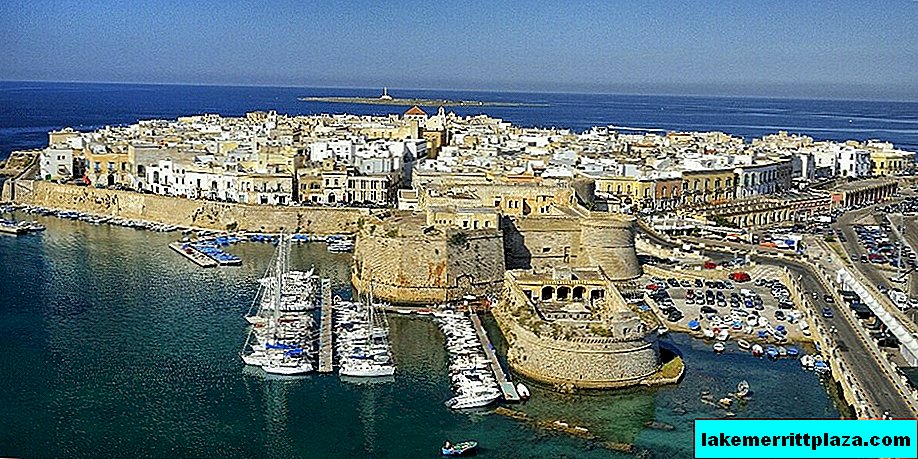The Cathedral of St. John the Baptist (Cattedrale di San Giovanni Battista, Duomo di Torino) is located in the center of Turin, close to other famous attractions - the Egyptian Museum, the Palazzo Madama and the Royal Palace. This is the main religious building in Turin and the only example of Renaissance architecture preserved in the city. John the Baptist is the patron saint of the city, and in the temple, named after him, the famous shroud is stored on which the face and body of Christ are imprinted.
Cathedral History

The Cathedral of John the Baptist in Turin was built at the end of the 15th century. Its construction was carried out not quite "from scratch": at this place there was already a bell tower, to which the other temple buildings were attached. Work began in 1491 and ended in 1498. The construction was supervised by the famous sculptor and architect Bartolomeo di Francesco, nicknamed Meo del Caprina. The facade of the building was entirely made of white Carrara marble and divided into three portals, each of which had wooden doors decorated with elaborate carvings.

On the sides of the cathedral was supplemented by chapels in which altars were placed, donated to the temple by the noble families of Turin. The plan of the interior of the temple has the shape of a Romanesque cross, characteristic of the religious architecture of the Renaissance.

According to historical evidence, earlier on the site of the temple was an ancient Roman theater. In the middle of the 1st millennium AD, a temple complex of three churches built in honor of the early Christian saints stood here. One of them also bore the name of John the Baptist.
Almost two centuries later, in 1667, work began on the construction of the chapel, in which it was planned to place the Holy Shroud, brought to Turin in 1578. During the work, the cathedral was partially rebuilt.
Chapel of the Holy Shroud
The construction of the chapel of the Holy Shroud, which became part of the Cathedral of St. John the Baptist in Turin, was carried out by the architect Guarino Guarini. Sometimes the building is called by its name - "Capella Guarini". Construction work lasted 27 years and ended in 1694.

You can enter the chapel by climbing one of the two mirrored stairs located on the side of the building. Each of the stairs leads to a small round room, from where you can see the main room. From the dark marble floor decorated with bronze stars, the visitor’s gaze gradually rises higher to the lighter dome. This feature of architecture creates a sense of the path from earth to heaven and, according to the architect, should symbolize the ascension of the risen Christ to heaven.
Shroud of Turin
The Shroud of Turin is one of the most valuable and famous Christian relics. Catholics especially honor her. This is the name of the piece of cloth or shroud, in which, according to biblical texts, the body of Jesus was wrapped, removed after death from the cross. His outlines and traces of bleeding wounds, especially around the head, were imprinted on the fabric (according to legend, the Savior's forehead and temples were badly wounded by the crown of thorns worn on him - a symbol of martyrdom).
In 1997, a severe fire broke out inside the chapel. The dome part was badly damaged, but the shroud was not damaged: it was quickly moved to a safe place. The restoration of the dome continues to this day, and the relic after this incident began to be stored in a special refractory case.

The shroud, put on public display in the chapel of the Cathedral of St. John the Baptist, is an exact copy of the shrine. The real relic is kept in a separate secret room, and you can see it once every 25 years. Next time you can look at the real shroud only in 2025.
Cathedral today

In modern times, the Cathedral of St. John the Baptist in Turin is a place of pilgrimage for believing Christians and an indispensable element of most tourist excursions around the city. In addition to the cathedral itself and the chapel, visitors are interested in the Museum of Sacred Art, located on the ground floor of the building.
Address, opening hours
The cathedral is located at Piazza San Giovanni, Torino. It is open for tourists every day from 7:00 to 19:00; break - from 12:30 to 15:00. On Sundays, the doors of the Church of St. John the Baptist open at 8 a.m. You can visit the chapel daily from 14:00 to 19:00.
Museum of the Holy Shroud
The Museum of the Holy Shroud (Museo della Sindone) in Turin is not located on the territory of the Cathedral of John the Baptist, but has a close semantic and historical connection with it.
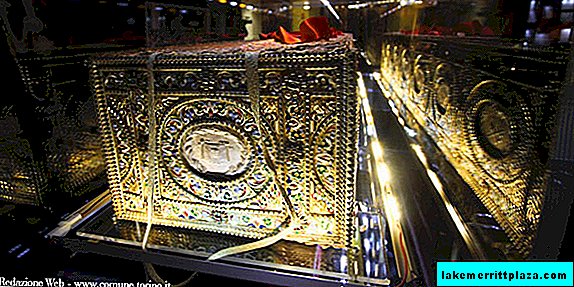
The cathedral and museum are separated by 10 minutes of leisurely walking. After viewing the exposition and listening to the guide’s explanations, you can familiarize yourself with the history of the main Christian relic in Turin, see its photographs from different periods, and study the documentary results of the research that scientists subjected it to. Scientific and theological disputes about its authenticity are still underway, and the debate has not yet reached a common opinion.
Address, opening hours
The Museum of the Holy Shroud is located at 28 Via San Domenico. It works daily from 9:00 to 19:00, a break in work lasts from 12:00 to 15:00. You can find out about all changes in the exposition and the work schedule, the cost of tickets, the services of guides and other details of the museum's work by calling 011 4365832 or on the museum's official website www.sindone.org.

